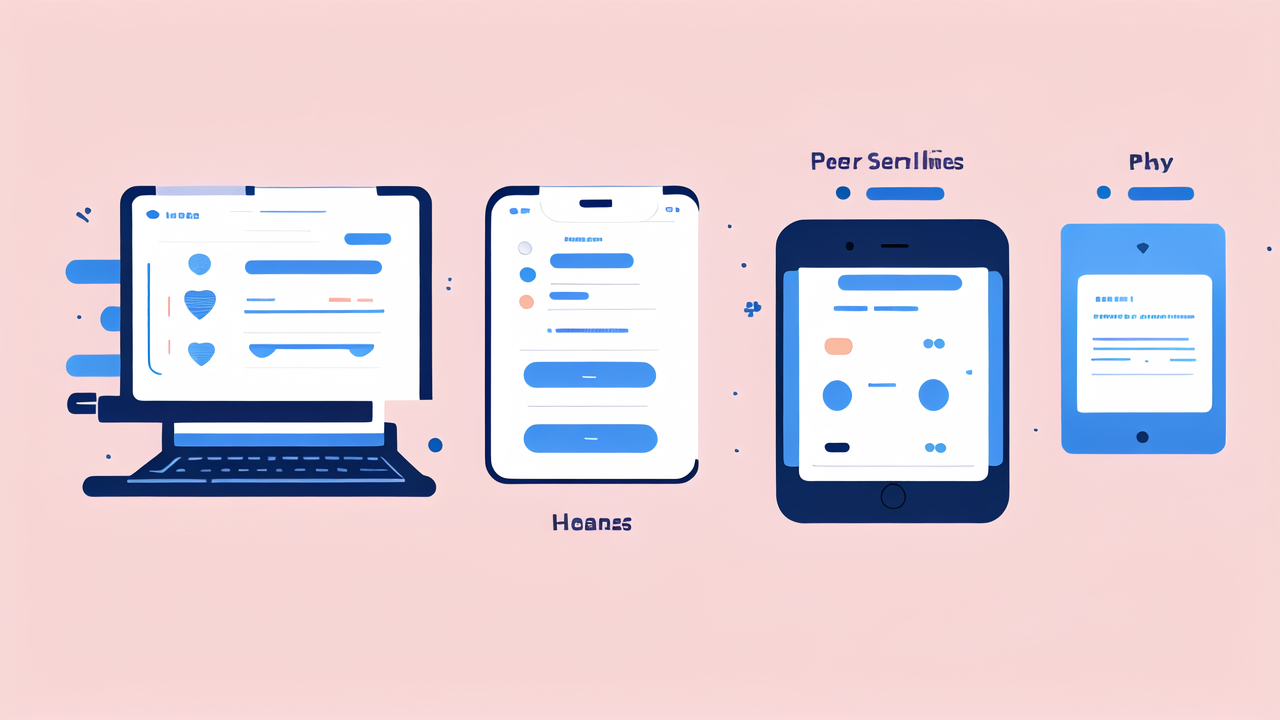Emerging Trends in Personal Health Monitoring
The Evolution of Wearable Health Technology
Wearable health tech has come a long way. It started with simple step counters. Now, we have smart devices that do much more. These gadgets can track heart rate, sleep patterns, and even stress levels. The latest models offer features like ECG and blood oxygen monitoring. This evolution has made health tracking more accessible to everyone. People can now keep an eye on their well-being daily. The trend is moving towards more comprehensive health monitoring. Future devices may even detect early signs of illness.

Integration of AI and Machine Learning
AI and machine learning are changing the game in health wearables. These technologies make devices smarter and more useful. They can analyze data patterns to provide personalized insights. For example, AI can predict potential health issues based on your data. It can also suggest lifestyle changes to improve your health. Machine learning helps devices become more accurate over time. As they gather more data, they learn to understand your body better. This leads to more precise measurements and predictions. The integration of AI is making wearables true health companions.
Importance of User Engagement and Data Accuracy
For health wearables to be effective, user engagement is key. Devices need to be easy to use and provide clear, actionable insights. This encourages people to wear them regularly and act on the data. Accuracy is equally important. Users must trust the information they receive. Inaccurate data can lead to wrong decisions about health. Companies are working on improving both engagement and accuracy. They're creating user-friendly interfaces and more precise sensors. Some devices now offer coaching features to keep users motivated. The goal is to make health tracking a seamless part of daily life.
Regulatory Landscape for Health Wearables in the United States
Overview of Health and Wellness Regulations
The US has a complex system for regulating health devices. The FDA plays a big role in this. They classify wearables based on their intended use and risk level. Some devices are considered low-risk and have fewer regulations. Others, like those that diagnose conditions, face stricter rules. The FDA has been working to keep up with rapid tech advances. They've created new categories for digital health products. This includes software as a medical device (SaMD). The aim is to ensure safety while not slowing innovation.

The Impact of New Policies on Wearable Devices
Recent policy changes are shaping the wearable health market. The FDA has introduced a pre-cert program for digital health. This allows trusted companies to bring products to market faster. There's also more focus on real-world data collection. This helps in assessing the long-term impact of wearables. Privacy policies like HIPAA affect how companies handle health data. These policies ensure user data is protected and used ethically. They also set standards for data sharing between devices and healthcare providers. New policies are encouraging innovation while prioritizing user safety.
Compliance and Safety Standards for Health Wearables
Safety is a top priority for health wearables. Devices must meet strict standards before hitting the market. This includes testing for accuracy, reliability, and potential side effects. Companies must prove their devices are safe for long-term use. There are also standards for data security and privacy. Wearables collect sensitive health info, so protecting it is crucial. Compliance involves regular audits and updates. As technology evolves, so do the standards. Companies must stay up-to-date with changing regulations. This ensures their products remain safe and legal to use.
Advancements and Innovations in Pulse Watch Technology
Breakthrough Technologies in Pulse Rate Monitoring
Pulse watches have seen major improvements recently. New sensor technologies offer more accurate readings. Some watches now use optical sensors with multiple LEDs. This improves accuracy across different skin tones. Others combine optical and electrical sensors for better results. AI algorithms help filter out noise and movement artifacts. This makes readings more reliable during exercise. Some advanced models can detect irregular heart rhythms. They can even alert users to potential heart issues. The goal is to make pulse monitoring as accurate as medical-grade devices.

Innovations in User-Friendly Health Wearables
User experience is a key focus in new pulse watches. Designs are becoming more comfortable for all-day wear. Screens are getting bigger and easier to read. Many watches now have always-on displays for quick checks. Battery life is improving, with some models lasting weeks. Apps are more intuitive, making data easy to understand. Some watches offer guided breathing exercises for stress relief. Others include motivational features to encourage healthy habits. The trend is towards watches that feel less like gadgets and more like wellness companions.
Collaborations and Partnerships Shaping the Market
Partnerships are driving innovation in pulse watch tech. Tech companies are teaming up with healthcare providers. This brings medical expertise to consumer devices. Some watches can now share data directly with doctors. Fitness brands are collaborating with tech firms to create smarter sports watches. Research institutions are partnering to study the long-term health impacts of wearables. These collaborations are leading to more comprehensive health solutions. They're also helping to validate the use of wearables in healthcare settings. The future may see more integration between wearables and formal healthcare systems.




Leave a comment
This site is protected by hCaptcha and the hCaptcha Privacy Policy and Terms of Service apply.